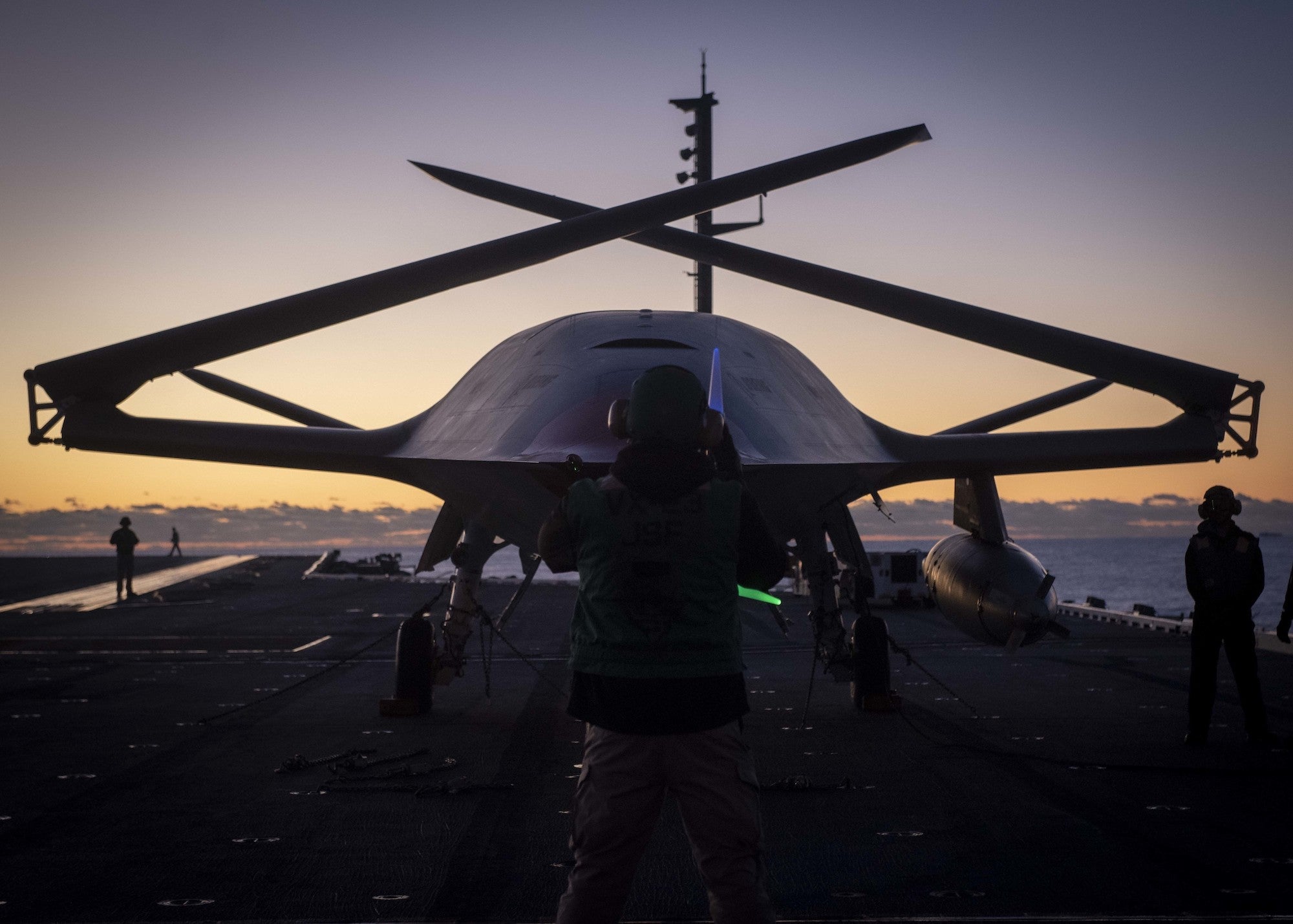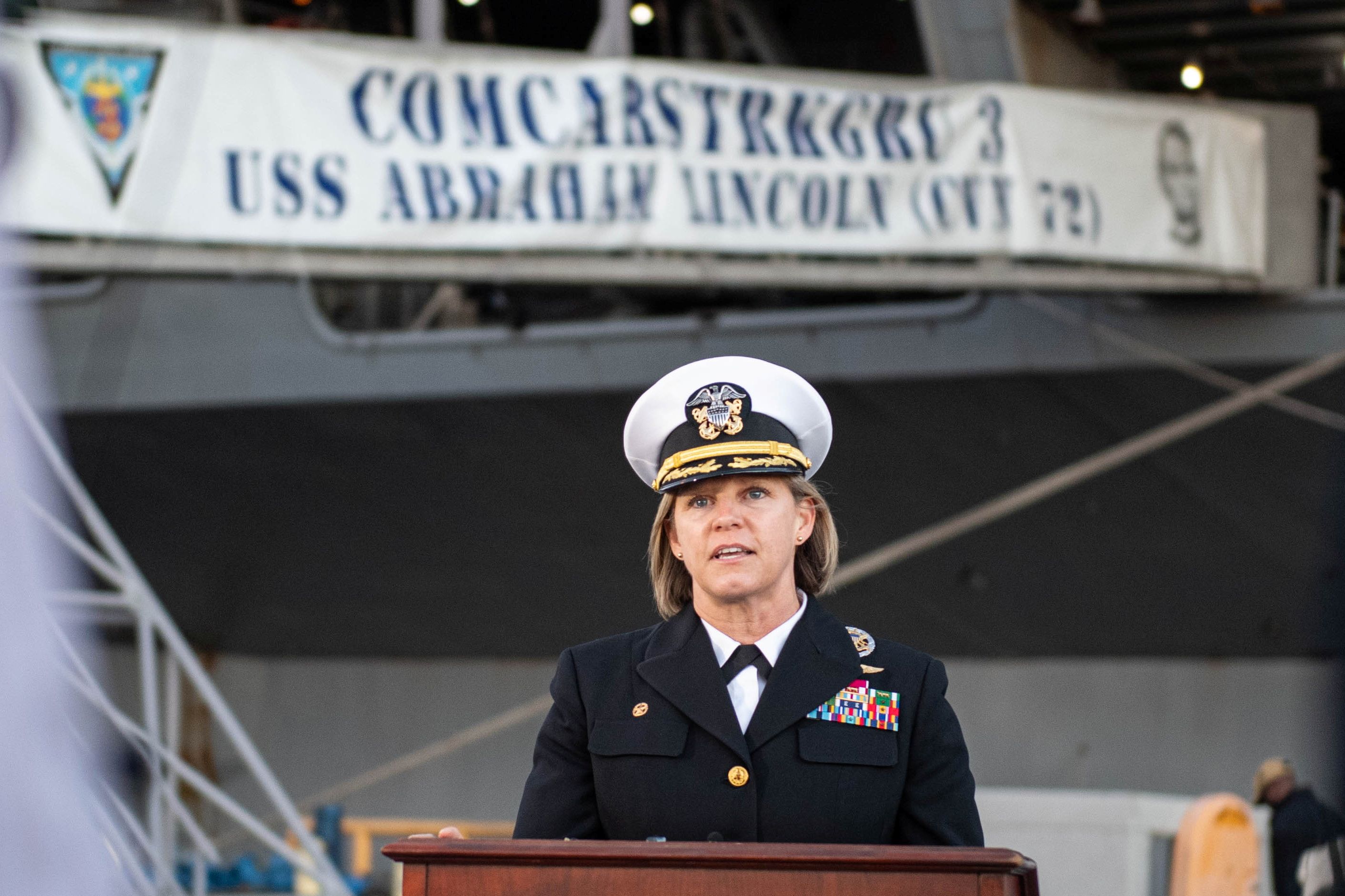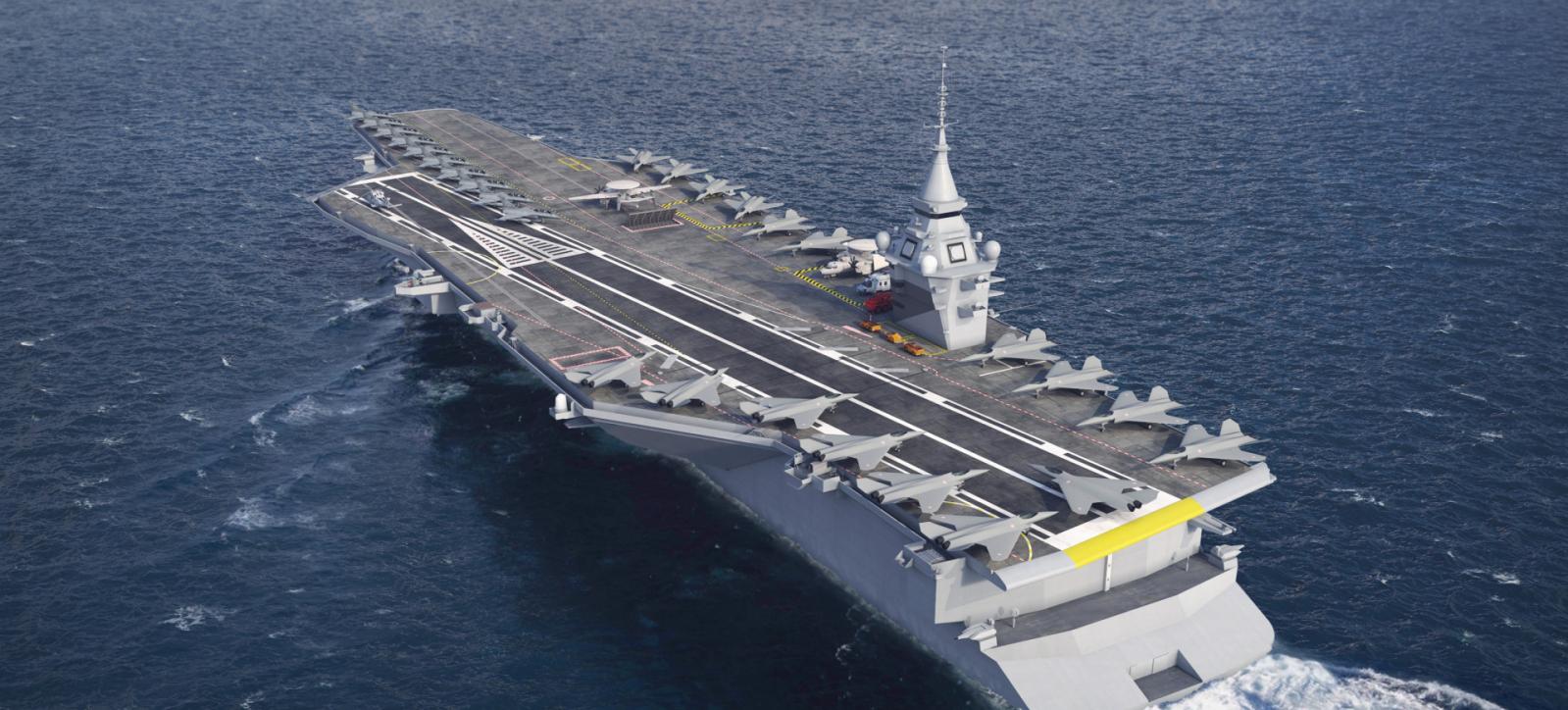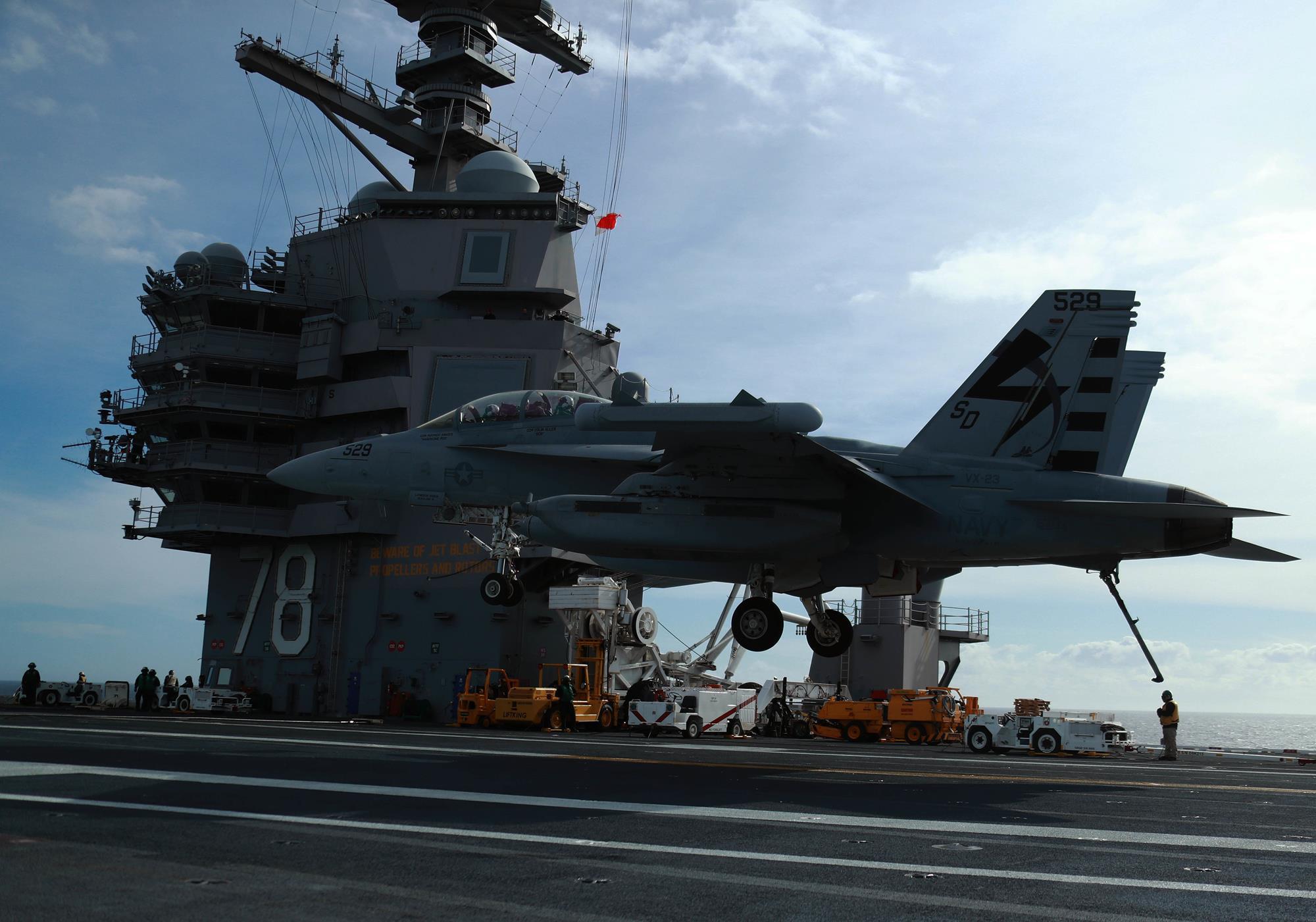Navy Aircraft Carrier Jobs - During World War II, carriers were the dominant combat vessel playing leading roles in the Pacific, such as the battles of Midway, Coral Sea, and Leyte Gulf. Carriers, built during the war, continued to improve, not only in size and lethality, but technologically as well.
Catapults, flush with the deck, assisted in launching aircraft. Aircraft were fitted with retractable hooks that engaged transverse wires on the deck, braking them to a quick stop. The control centers of the carriers were located in the superstructure (the "island"), at one side of the flight deck.
Navy Aircraft Carrier Jobs

Aircraft landings were guided by radio, radar, and by visual signals from the deck. The history of the U.S. Navy's use of naval vessels to launch and recover aircraft dates back to 14 November 1910 when American civilian pilot Eugene Ely flew his Curtiss pusher airplane off a specifically built platform on the deck of cruiser Birmingham (Scout Cruiser No. 2) in Hampton Roads, Virginia

. On 18 January 1911, Ely landed on a platform built on the quarterdeck of battleship Pennsylvania (Armored Cruiser No. 4) using wires attached to sandbags as arresting gear in San Francisco Bay. Later that day, he took off from the same ship.
U.S. Navy aircraft carriers intended to operate with the main fleet were numbered in the "CV" series, which originated as part of the cruiser ("C") group of designations. During and after World War II, ships in the CV series were frequently given modified designations, including CVA (attack aircraft carrier), CVAN (nuclear-powered attack aircraft carrier), CVB (large aircraft carrier), CVL (small aircraft carrier),

CVN (nuclear-powered aircraft carrier), CVS (anti-submarine warfare support aircraft carrier) and CVT (training aircraft carrier). All of these expanded designations were numbered in the original CV series. Today, the only aircraft carriers in service are the remaining Nimitz-class and one Gerald R. Ford-class, which is meant to replace the Nimitz carriers in the coming decades.
The Gerald R. Ford-class carrier is about 1,100 feet long, has a crew of 4,500, and can carry up to 75 aircraft, including the F35-C, the world's first long-range stealth strike fighter. World War II also generated a separate number series for aircraft carriers that were intended for auxiliary purposes such as escorting convoys, transporting aircraft and other missions which did not require the high speed of the CV series ships.

Originally called Aircraft Escort Vessels (AVG), then Auxiliary Aircraft Carriers (ACV), they were finally termed Escort Aircraft Carriers (CVE). During the mid-1950s, many CVEs were redesignated as Escort Helicopter Aircraft Carriers (CVHE) and Utility Aircraft Carriers (CVU).
These retained their original CVE series numbers. This page provides links to selected aircraft carriers throughout American naval history. In addition, check out the National Naval Aviation Museum's website for updates as we celebrate the centennial commemoration (March 2022) of the U.S.
Navy's utilization of aircraft carriers. The Navy's first aircraft carrier, Langley (CV-1), was developed from the Proteus-class collier Jupiter and served as an unarmed test bed for deck and flight operations throughout the 1920s. During this time, the Navy learned from its experiences on Langley how better to park and launch aircraft more quickly.
The experiences that took place onboard the converted aircraft carrier set the state for fleet aircraft carriers that followed. Ranger (CV-4) was the first U.S. Navy ship designed and built from the keel up as an aircraft carrier.

She was commissioned in 1934 and served in the Atlantic during World War II. Carriers built after the war were even larger and came equipped with armored flight decks. The use of jet aircraft on carriers also posed significant changes, because of their greater weight, slower acceleration, higher landing speeds, and greater fuel consumption.
Steam-powered catapults and angled flight decks were just some of the modifications that were installed to counter the much more powerful aircraft. In 1961, the first nuclear-powered carrier, Enterprise (CVAN-65), was commissioned. Enterprise was powered by eight nuclear reactors (two for each of its four propellers) and had a deck that was 1,101 by 252 feet (the largest at the time).
Over the course of her 51-year career, Enterprise completed 25 deployments to include the Cuban Missile Crisis and Operation Iraqi Freedom. In the wake of the 9/11 terrorist attacks, the U.S. Navy used aircraft carriers as the primary base for American air power.
aircraft carrier flight deck jobs, aircraft handling officer, aircraft carrier officers